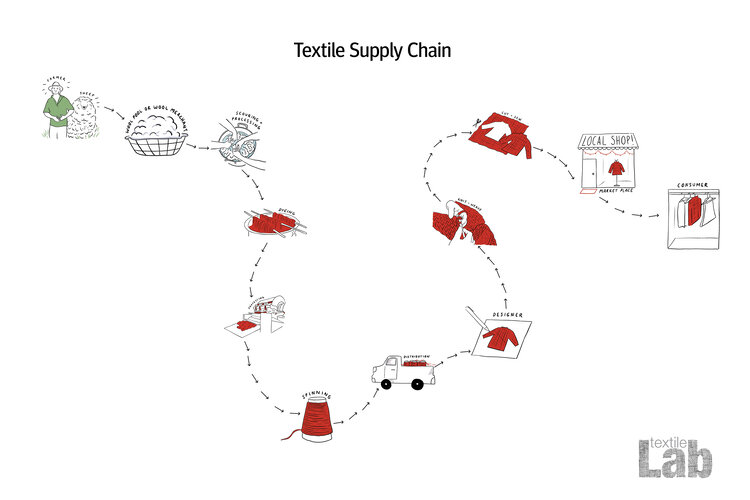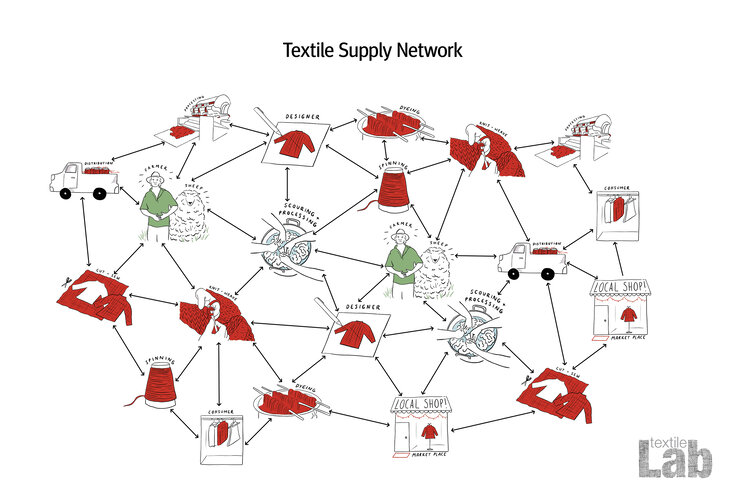Coordinate all the flows
Valueflows is a vocabulary for networks of independent Economic Agents to communicate about Economic Events to coordinate their flows of Economic Resources.
Think of an automotive assembly line. All of the components are made by other Agents in other places and the assembly line just puts them together. In the more extreme versions, like the Toyota Production System of 1975, each component was supposed to arrive at the assembly line Just In Time – no earlier and no later.
Such coordination requires some timely communication, both of plans, but also all the inevitable differences between plan and reality. Valueflows is a vocabulary for such communication.
REA
Valueflows is based on an Ontology (the set of concepts and categories in a subject area, that shows their properties and the relations between them) called REA (Resources, Events and Agents). Here is a collection of references to REA documents: https://www.valueflo.ws/appendix/rea/
Evolution of REA
REA was first published in 1982 as an accounting framework.
In the late 1990's, it evolved into first a supply chain model, and then as a general-purpose economic model.
While a lot of people have written about the accounting aspects of REA, and they are important, this story will not do so.
This story will focus on coordination using the REA supply chain model, first published in 1997, and collectively improved in 2000.
Discoordination
Supply chain problems have been in the news lately, described in Wikipedia as the 2021-2022 global supply chain crisis.
That should provide some idea of the importance of resource flow coordination.
The flows are IPOs...
...Input-Process-Output resource chains, where one resource is the output of one process and then becomes an input to another, thus connecting the processes into a flow. The Agents involved in each Process in the chain need to coordinate with the previous and next Processes about the quantity, quality, and timing of resource flows between them.
For example: a food network
...might include farmers, food processors, restaurants and bakeries, grocery stores, families to eat the food. and vehicles to move everything from place to place. Coordination might be needed between each of those stages: seeds and other inputs for planting crops, workers etc for harvesting crops. when are the crops ready for processing, when is the grain ready for milling and then for baking and then for people to eat, when is the fruit ready for pies, etc.
Or for the example we will feature in this story...
the New York Textile Lab
—-who describe themselves as an ecosystem, and then in their relationship with Fibershed, a network-of-networks, or a community.
They are an association of designers of textile products, for example, clothing. The designers organize their supply chains, which include farmers growing the raw fibers (wool from sheep and alpacas, linen from flax), scouring the raw materials to extract usable textile fibers, spinning the fibers into yarn, weaving and knitting the yarn into textiles, and creating clothing from the textiles.

The coordinator
In the textile supply chains, the designer is the coordinator, communicating with each of the other agents, although the other agents often coordinate between each other, too.
Coordinating the flows to produce finished garments
But in general, the designers creates the design for a line of clothing, while checking out what fibers are likely to become available when. They will get plans for fiber outputs, like what sheep of different breeds and colors are scheduled to be sheared this spring. This information may influence their design.
The designer, or group of designers, then makes orders for what fibers they want, and settles with the producers on quantities, timing, and price.
The designer, or the fiber producers and the designer, then arranges fiber processing with one or more scouring facilities, and transportation between the farms and the other processing facilities.
Similar coordination happens between the scouring facility and the spinning mill, and again between spinning and weaving or knitting, and yet again in producing the finished garments.

The textile supply chains are evolving, too.
From single-designer supply chains, they are evolving into multi-designer networks, where all of the associated designers can collaborate to take advantage of synergies in their textile flows.
For example, groups of designers coordinate to combine orders for fiber and processing to take advantage of minimum orders – and so doing even more coordinating communication.

More of the story
Big flow diagrams
Here's a set of big enlargeable resource flow diagrams from the Textile Labs people:
https://mikorizal.org/textile_diagrams.pdf
They want to animate them. Should be fun.
All the diagrams in this story, including the big ones, were created by the New York Textile Labs.
Shared ledger
You could (and the NY Textile Network now does) coordinate the flows using phone calls, text messages, and emails.
But then you would miss the records of what happened, which is useful for many purposes, including:
* distributing income according to peoples' contributions to earning it,
* distilling the records into repeatable recipes for future flows,
* and, of course, accounting.